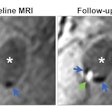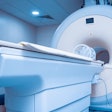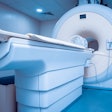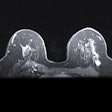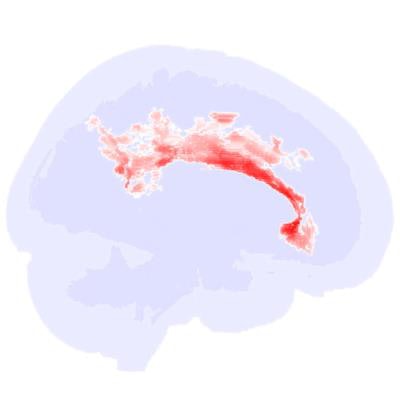
Researchers from Yale University have found that autism affects the microstructure of white matter in the brains of adolescents and young adults over time as indicated on MRI scans. The study results are being presented at the upcoming RSNA 2021 meeting.
Using MRI, lead author and doctoral candidate Clara Weber and colleagues found that these changes were most dramatic in areas that help the two hemispheres of the brain communicate. Tracking them could help clinicians better recognize autism and monitor response to treatment in kids with autism, Weber said in a statement released by the RSNA.
"One in 68 children in the U.S. is affected by autism spectrum disorder, but high variety in symptom manifestation and severity make it hard to recognize the condition early and monitor treatment response," she said. "We aim to find neuroimaging biomarkers that can potentially facilitate diagnosis and therapy planning."
Weber and colleagues assessed diffusion tensor imaging (DTI) MRI brain scans from 583 patients. DTI measures brain connectivity by tracking how water moves along white-matter pathways; the investigators created fractional anisotropy, mean diffusivity, and radial diffusivity maps for each age group, all of which are ways of tracing the movement of water in the brain.
The patient cohort was divided into the following categories:
- Infants: 34 with autism and 121 controls (median age, 7 months)
- Toddlers: 57 with autism and 45 controls (median age, 32 months)
- Adolescents: 106 with autism and 124 controls (median age, 13 years)
- Young adults: 67 with autism and 29 controls (median age, 19 years)
The study found reduced fractional anisotropy in the anterior and middle tracts of the corpus callosum in the adolescent and young adult patients with autism compared with those in the control group. Fractional anisotropy reflects how much water diffusion in the brain is limited to one direction, the team explained, while the corpus callosum facilitates communication between the two sides of the brain. This same reduced fractional anisotropy did not appear in infants or toddlers.
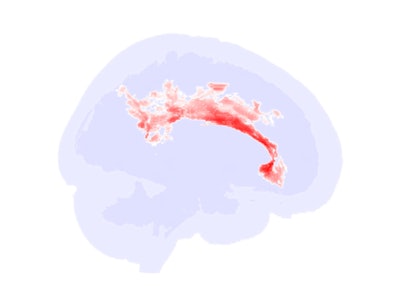 Significant alterations in the brain's white matter in adolescents with autism spectrum disorder. Image and caption courtesy of the RSNA.
Significant alterations in the brain's white matter in adolescents with autism spectrum disorder. Image and caption courtesy of the RSNA."In adolescents, we saw a significant influence of autism," Weber said. "In adults, the effect was even more pronounced. Our results support the idea of impaired brain connectivity in autism, especially in tracts that connect both hemispheres."
The study results could translate to earlier diagnosis of autism spectrum disorder, and they may help to define biomarkers that could help monitor treatment response, the investigators noted.
"We need to find more objective biomarkers for the disorder that can be applied in clinical practice," Weber concluded.



.fFmgij6Hin.png?auto=compress%2Cformat&fit=crop&h=100&q=70&w=100)


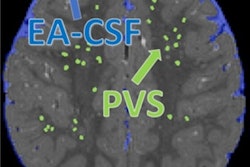
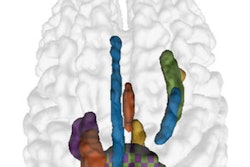

.fFmgij6Hin.png?auto=compress%2Cformat&fit=crop&h=167&q=70&w=250)

